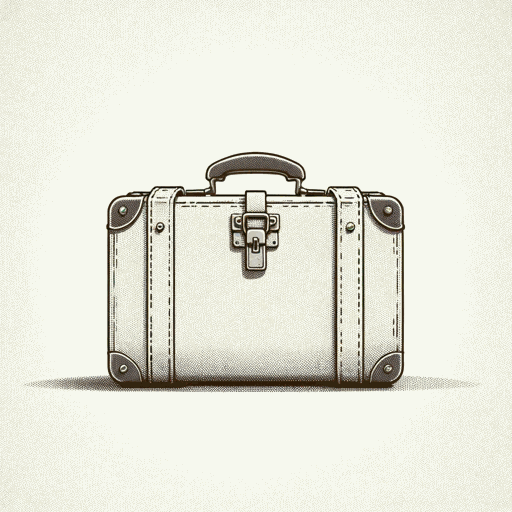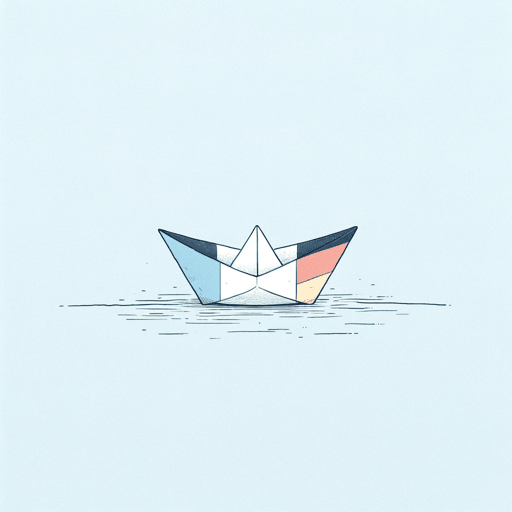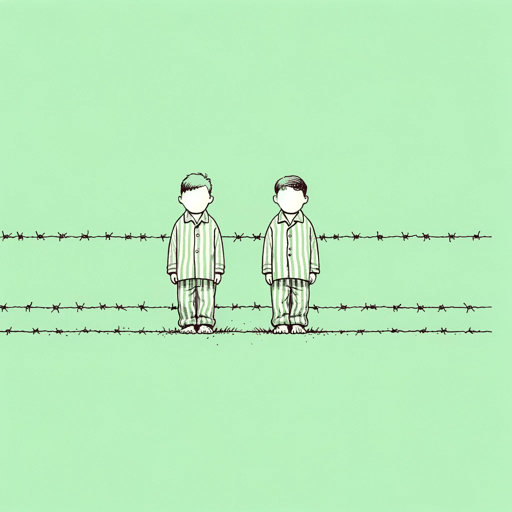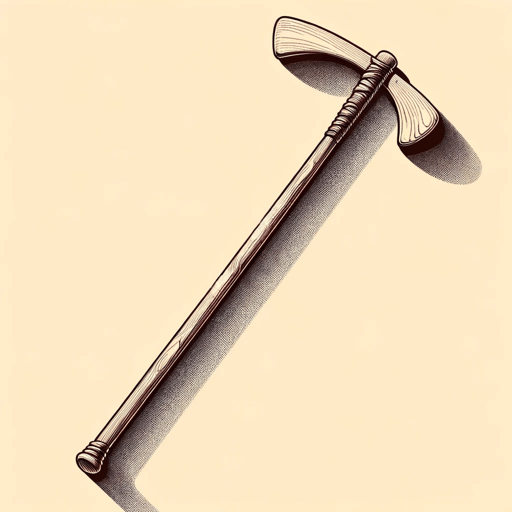66 pages • 2 hours read
John BoyneAll the Broken Places
Fiction | Novel | Adult | Published in 2022A modern alternative to SparkNotes and CliffsNotes, SuperSummary offers high-quality Study Guides with detailed chapter summaries and analysis of major themes, characters, and more.
Symbols & Motifs
Fences
Fences create boundaries. They mark one area from another, and people are supposed to stick to their side. In Australia, Gretel asks Kurt why he drew a fence on the newspaper, and Kurt replies, “It’s always felt to me like a symbol of that time. One that any of us who were there, on either side, would remember” (290). In the story, people don’t stick to their side, so fences become a symbol of transgression.
The central transgression occurs when Gretel encourages Bruno to sneak under the fence to help Shmuel find his father. Unaware of the genocide occurring on the other side of the fence, Gretel thinks of it as “a joke. A petty way to get my revenge on him” (338). When Bruno goes under the fence, he breaks the boundary separating Nazi perpetrators from Jewish victims, and he turns into the latter. The malleable fence links to the fluidity of identities. Bruno’s death undercuts the Nazi claim that Jews were inherently different. Bruno blends in with the other Jews: He transgresses Nazi ideology and exposes its flimsy labels. In the context of the fence 







Related Titles
By John Boyne




